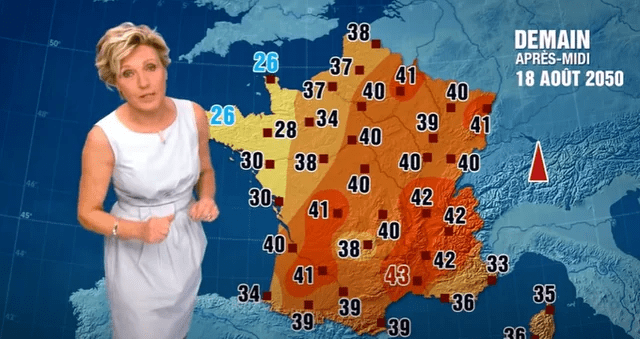Water scarcity is becoming a critical global issue, with certain regions facing severe water stress due to factors like population growth, urbanization, climate change, and pollution. The Middle East, South Asia, Sub-Saharan Africa, and Western United States are among the most affected areas. Water stress has serious consequences for agriculture, human health, ecosystems, and economies. Addressing this issue requires a multifaceted approach involving water conservation, infrastructure development, wastewater treatment, and international cooperation to ensure long-term water security.





